Kitchen Knives 101: What Every Home Cook Needs to Know
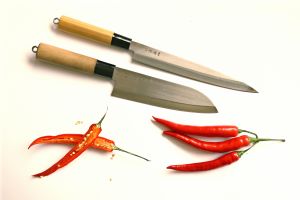
I recently attended a one-hour course on knife skills to better appreciate the anatomy of my most important kitchen tools: my knives.
 Knives help us cut, chop, dice and julienne meats, fruits and vegetables all so that we can cook more efficiently and present our food beautifully. How important is a good, sharp knife? Do you need to spend a lot of money on a kitchen knife? Which knives are most important to have? This post should answer those questions, insha’allah.
Knives help us cut, chop, dice and julienne meats, fruits and vegetables all so that we can cook more efficiently and present our food beautifully. How important is a good, sharp knife? Do you need to spend a lot of money on a kitchen knife? Which knives are most important to have? This post should answer those questions, insha’allah.
Types of Kitchen Knives on the Market
Knives are made by stamping and forging and the handles and blades are just two pieces of metal stuck together. Interestingly, some handles are balanced with sand.
Knife blades are made of different types of steel. High quality cobalt (carbon steel) is considered to be one of the best. The higher the grade of metal, the better the knife is considered to hold an edge.
Here’s what you should know:
- European, American and French knives are bundled into one category
- European models tend to chop with a rocking motion
- Japanese models are usually lighter and better for precision cutting
- Santoku, although a Japanese word, doesn’t always mean it’s a Japanese knife
- Knives come in the following shapes, or styles:
- Chef: a multi-purpose utility knife
- Paring: a small knife typically used for skinning or peeling fruits and vegetables
- Boning: a durable knife used to help remove skin from bones of meat, most typically chicken or other poultry
- Filet: thin, quite long and bendable; mostly used for fish
- Santoku (tip is rounded down)- a multi-purpose utility knife
- Serrated: used for cutting breads
How to Determine the Type of Knife You Need
Although I love cooking and the kitchen is my favorite room in the whole house, I am not a fan of gadgets. Over the years, I’ve learned to scale back on things that are cumbersome, which is just about everything when you have a small kitchen and very little cabinet space.
That said, I go for what I actually need as an everyday cook. I need to be efficient and would like it to also be as easy as possible by working smarter, not harder. Cheap, poorly made knives just aren’t going to get me there, so I know a little investment can be very helpful in the long run.
The main knives I have and recommend to home cooks are the following. If that’s too many, then I recommend keeping one very good quality Chef’s knife.
- Chef
- Paring
- Utility (4.5 in.)
The Difference Between Honing and Sharpening

Honing a knife means to remove material from the knife’s surface by using a stone or some other abrasive material. Honing realigns the knife, but you have to know the angle you are after (more on angles later).
- There are two types of honing, both of which work to the same end: towards you, and away from you.
- You should get a honing steel like the type of knives you have: German steel for German knives; Japanese steel for Japanese knives, and so on.
- Hone your knives every day. A honing steel or stone can be used for this.
Sharpening the knife with steel doesn’t necessarily mean the knife is being sharpened; it simply maintains the edge of the knife. If you ever see sparks flying when a knife is being sharpened, it’s probably being damaged.
Sharpeners come in both hand held (non-electric) types and electric ones. There are two settings on a knife sharpener:
- coarse: strips metal
- fine: finishes or sets the metal
Hand held sharpeners are less accurate so you could use the hand held device as the honing steel and the electric one as a sharpener.
The Knife Sharpener You Need Depends on the Type of Knife You Have
- Hand-held knife sharpeners are not for Japanese knives; there are special sharpeners for santoku or other Japanese knives.
- Electric sharpeners sharpen the blades on both sides
- One should rarely, if ever, sharpen a bread knife.
Sharpening Skills Everyone Can Master
When a knife is being sharpened, metal is actually coming off the blade so be sure to wipe off the blade with a towel when finished sharpening in order to remove any extra metal.
- German knives are set at a 20-22° angle sharpened. The smaller the number, the sharper the blade. There is more upkeep for sharper knives, meaning you’ll have to sharpen more often.
- Japanese knives are set at a 15-16° angle.
- 40-50 swipes on a hand-held sharpener is generally sufficient.
- Through the electric knife sharpener on the coarse setting run it five times, depending on how dull the knives are; on the fine setting, run it five times to set the metal. You can then do a paper test: a sharp knife will cut paper easily. Then, wipe off the blade so you don’t eat chards of metal.
- Angles are usually discussed when determining how to sharpen knives using a honing steel. How do you calculate the angle at which to hone your knife? 20° seems to be the magic number and some knives have a 20° built-in angle. The key is to keep an even amount of pressure on the blade when honing. Hone from the heel of the honing steel to tip of the blade, running the knife all the way down the steel blade. Metal gloves can help protect your hands and finger tip protectors are also available, too. (see resources below)
Knife Safety and Care
- Magnetic knife racks can damage your knives if you don’t remove them properly. You should back up the knife’s spine and pull it down and off.
- There is a proper way to hold all knives for maximum control, something all chefs maintain in one way or another. For example, tuck back your finger tips when cutting.
- Square round items like potatoes so they are secure when cutting. Cut off the edges so that the potato sits flat and in a stable position on the flat surface.
- You want to get through cutting a food item with the minimum amount of strokes. The tomato test is one of the best for this purpose. If a knife cuts a soft tomato easily, it’s good to go; if not, it needs some sharpening.
- When you’re busy cooking and have knives off their racks and on the counter, store them with their blades facing the wall so that no one accidentally grabs or bumps into the blade.
- Never put knives in the dishwasher or leave to soak in water. They get knicks on them from hitting other metal in the dishwasher and can sometimes rust if left in water. Water can also rot the inside of the blade or collect bacteria from the moisture. Most importantly, they could cut you very seriously.
Misc. Knife Notes
- Forged knives (hand-crafted) are usually better because they are stronger, but not necessarily safer.
- Nothing prevents food from sticking to a blade. Carving knives, however, are always hollow-grounded, making them less sticky.
- A Japanese tradition surrounding knives is to let a just-sharpened knife rest for a day. In fact, most traditional sushi shops have three knives of the same kind on hand: one being used, one being sharpened, and one resting
- “The sharper your knife, the less you cry”, or at least that’s what people say about cutting onions. I love the book of the same title by author Kathleen Flinn about her experience at Le Cordon Bleu Cooking School in Paris.
Classes on Knives and Knife Skills
Williams-Sonoma Technique Class: Knife Skills
Buying Knives
- Williams Sonoma
- Marshall’s, T.J. Maxx, Home Goods- these are all hit or miss stores, but when and if you can find the knife/knife set you’re looking for, it feels great to buy it at their bargain prices.
- http://www.chefknivestogo.com/
- http://www.cutleryandmore.com/Default.asp
- www.cooking.com
Books on Knives
Hertzman, Peter. Knife Skills Illustrated: A User’s Manual
Brand Names of Knives
- Calphalon (American)
- Kitchen Aid (American)
- Shun (Asian)
- Victorinox (Swiss)
- Wusthof (German)
Where To Get Knives Sharpened
- Check your local farmer’s market. Some will hire a person to come every week or less often to sharpen kitchen knives.
- Some knife manufacturers may sharpen knives for a fee if you send their products back to them. Check with each one for particular instructions and availability of services.
- Sur La Table stores will sharpen knives using sharpeners they sell in the store.
I hope you, faithful readers of My Halal Kitchen, who are always hungry for more information about cooking, chopping, slicing and dicing, can benefit from this knowledge, insha’allah.
Related Posts
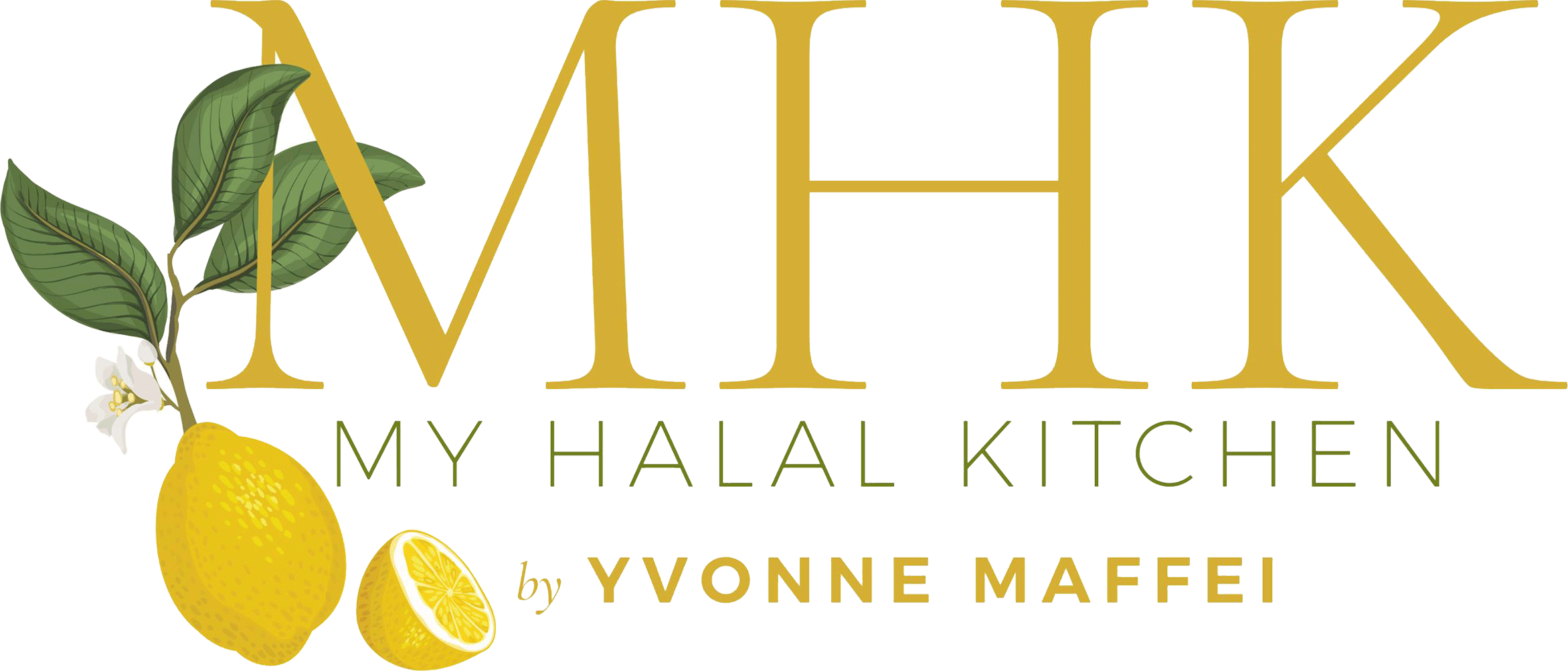
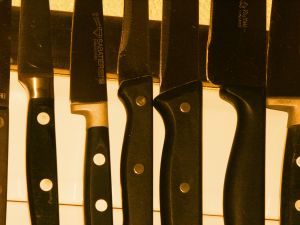
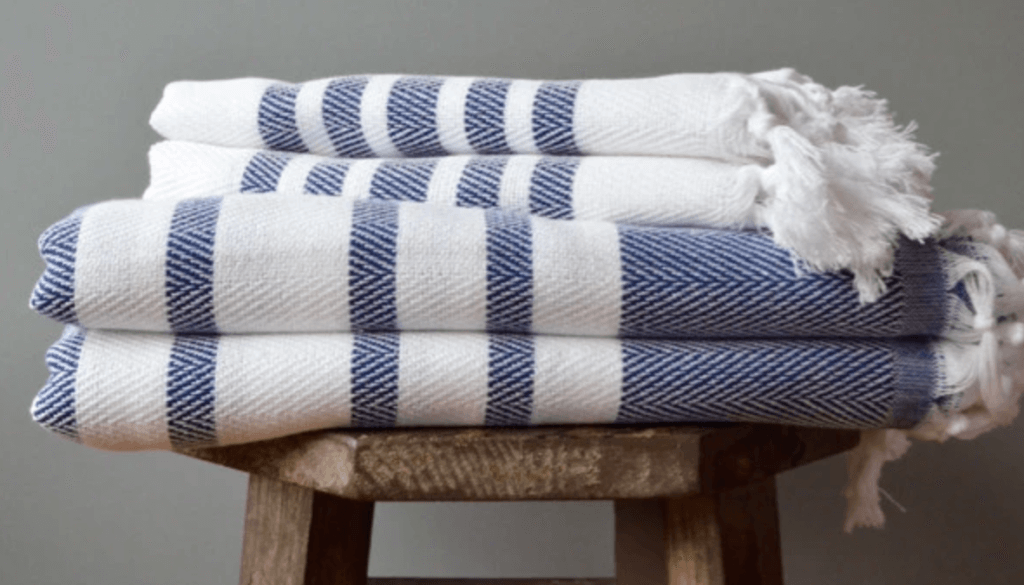

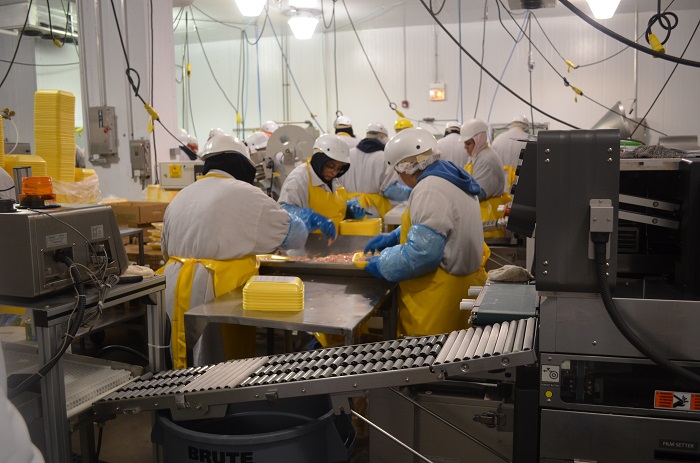
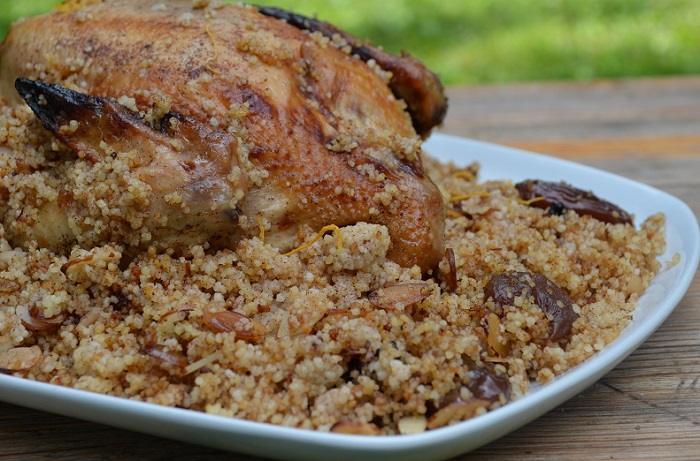



Great article! I rec’d several Rada knives for Christmas from my parents. My mom had used one at my aunts and loved it and thought all the daughters needed some!! 🙂 They are one piece construction, steel and the remarkable part for me was how thin the blade is!! They are gorgeous, too!! Oh, and when I checked out their website thinking of ordering another type I was stunned at the reasonable prices!! A knife that well constructed and beautiful is usually so expensive and these are not!! I highly recommend them!!
Nice post. I like taking our knives to a local sharpener for the job.
Also, check out this episode of Good Eats on knives called “American Slicer.”
Part 1: http://www.youtube.com/watch?v=D9Qzz8R_J1c
Part 2: http://www.youtube.com/watch?v=YT2EHRqcO2U
@Saqib- thank you so much for the links. Farmers markets are great places to find someone to do a great (and quick) job on the knives, by real professionals.